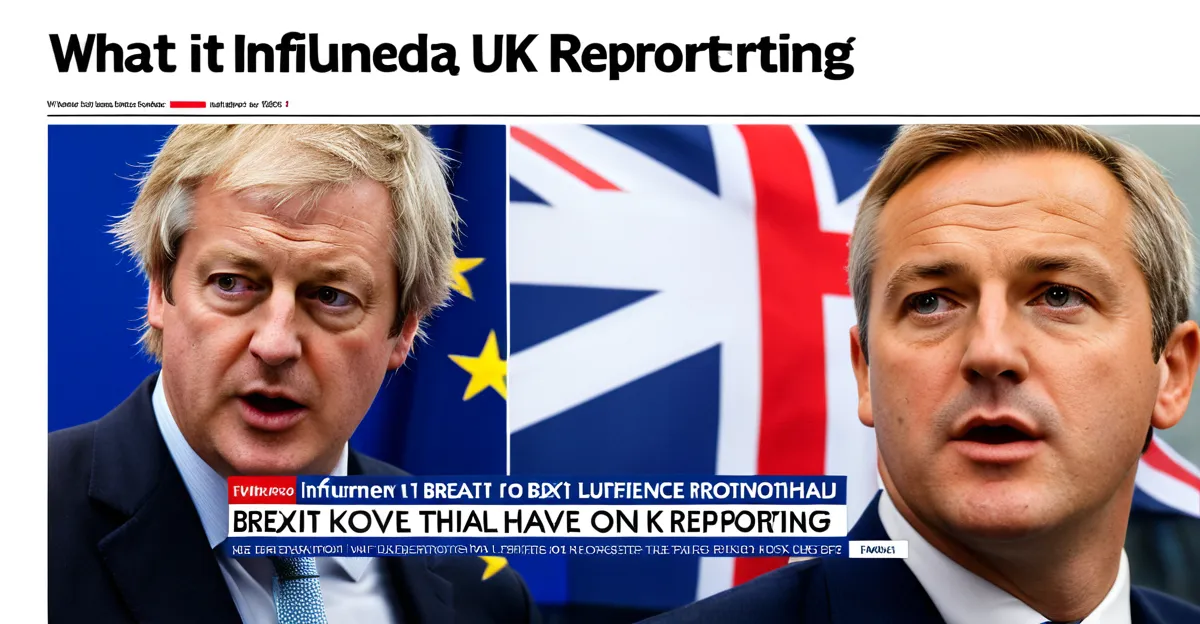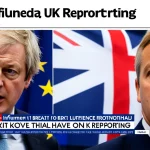Immediate changes in UK media reporting after Brexit
Since the Brexit referendum and the UK’s 2020 withdrawal, the impact on UK news has been profound, reshaping editorial priorities and news agendas. Coverage swiftly shifted to center on Brexit-related themes, with media outlets prioritizing stories about trade deals, immigration policies, and regulatory realignment. This resulted in a dramatic increase in the frequency of Brexit-related coverage, with many newsrooms introducing dedicated sections or segments addressing Brexit’s ongoing effects.
The emergence of Brexit narratives has strongly influenced media discourse, molding not just what stories were told but how. Themes of national sovereignty and identity gained prominence, often framed in ways that reflected the political and cultural divisions exposed by the referendum. This change in framing is also apparent in the tone and language used by various outlets. Some leaned into patriotic, UK-centric perspectives, while others highlighted the uncertainties and challenges Brexit posed.
Also to discover : How Are Recent Immigration Policies Affecting the UK Economy?
As editorial teams recalibrated their news agendas post-Brexit, it became clear that the Brexit impact on UK news was not merely about content selection but also about reshaping journalistic approaches. This realignment continues to influence how stories are sourced, framed, and presented to the public.
Adjustments in editorial policies and reporting style
Since Brexit, UK journalism has experienced noticeable shifts in editorial tone and reporting styles. Many news outlets have adopted more polarized and partisan stances, reflecting the deep divisions Brexit exposed. This heightened partisanship often manifests in editorial policies that prioritize national sovereignty and UK-centric viewpoints, framing stories in ways that emphasize independence and self-determination.
Also to discover : How Can the UK’s Current Policies Affect Future International Relations?
The emphasis on sovereignty resonates throughout media content, influencing both headlines and detailed analyses. Editorial teams are increasingly aligning their narratives to appeal to audiences invested in Britain’s post-Brexit identity, sometimes at the expense of balanced coverage.
Additionally, there has been a marked evolution in investigative and analytical journalism focused on Brexit themes. Reporters and editors are delving deeper into complex topics such as trade agreements, legislative changes, and immigration policies, highlighting their ongoing impact. This shift has spurred more rigorous, in-depth reporting but also heightened scrutiny and debate about media bias.
In summary, UK journalism’s response to Brexit reveals a media landscape grappling with maintaining independence while catering to polarized audiences, resulting in notable editorial changes and a transformed editorial tone.





